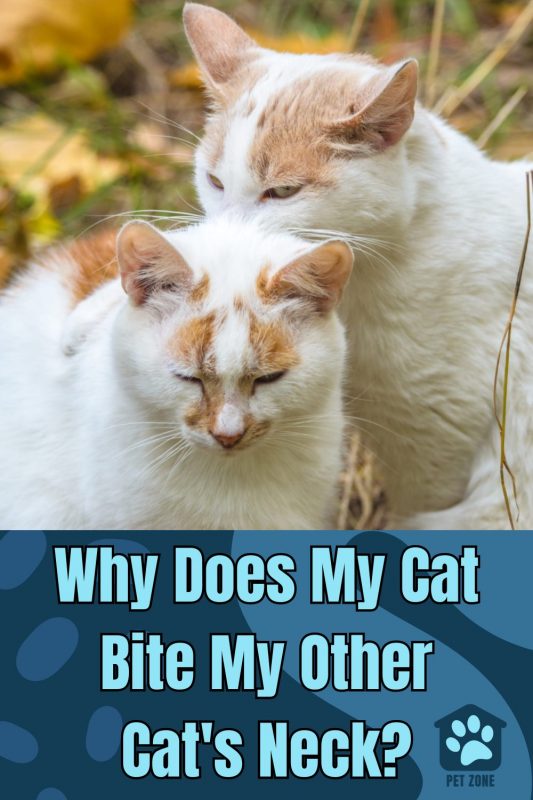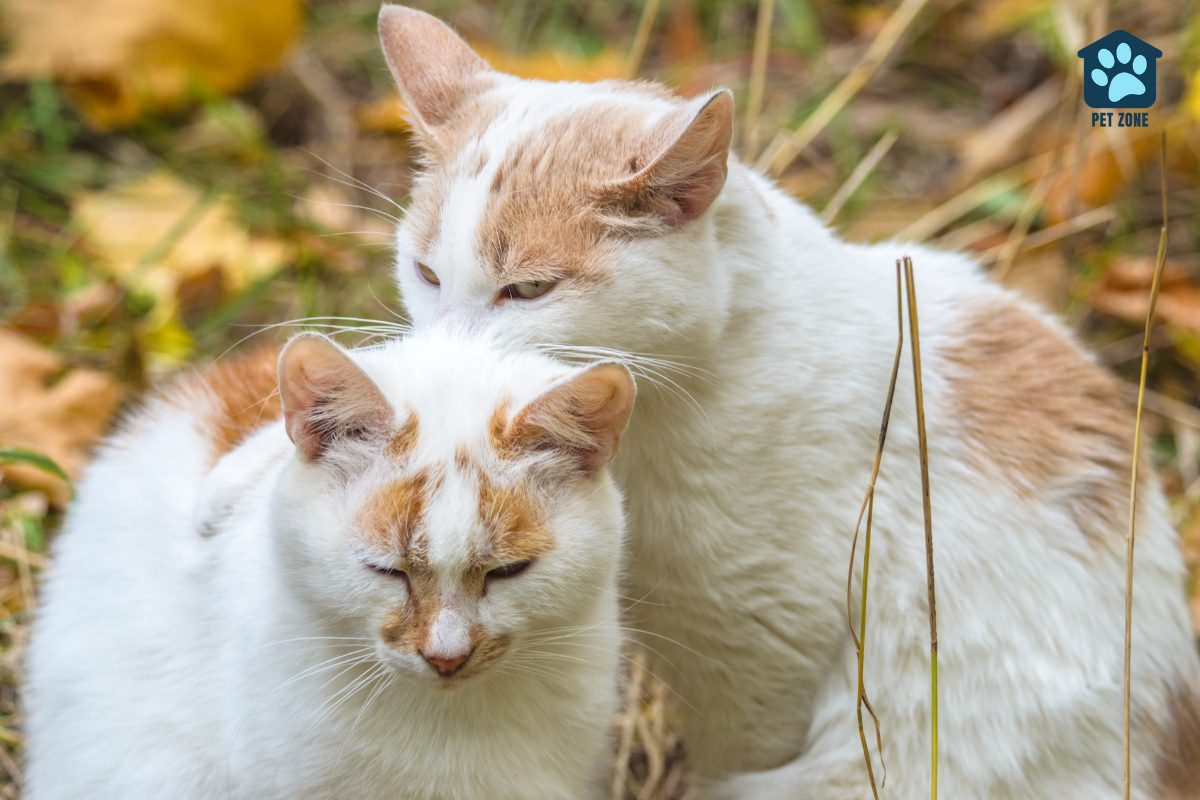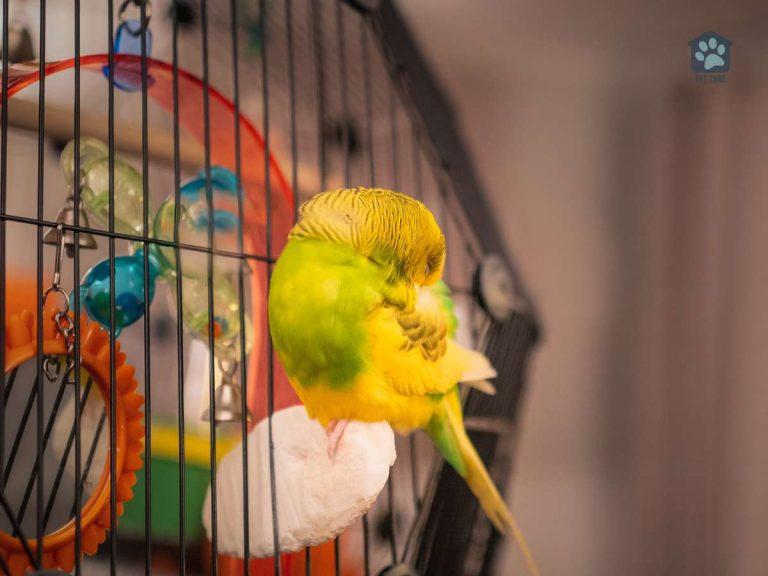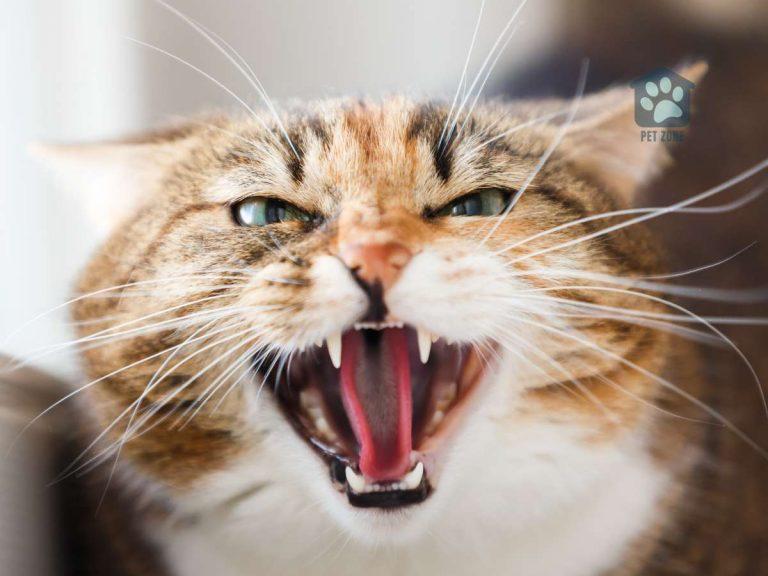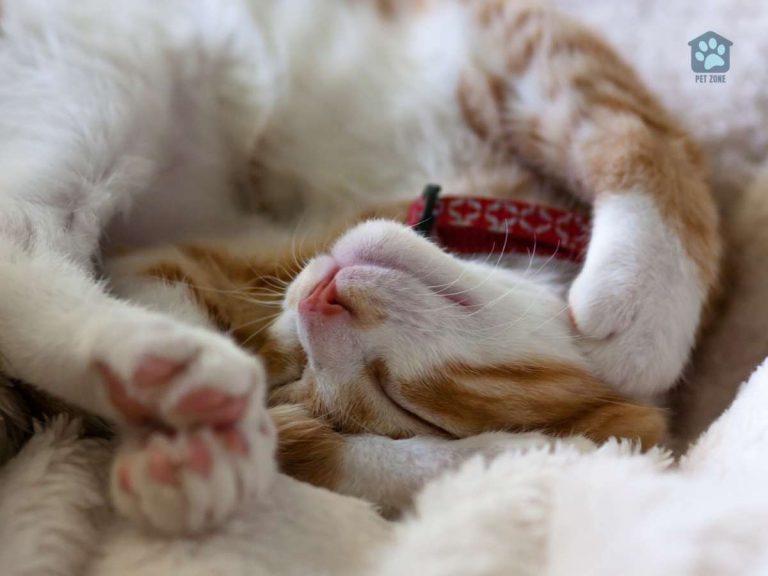Estimated reading time: 8 minutes
Have you ever watched your feline friends interact and suddenly one cat clamps down on the other’s neck with their teeth? It can be quite alarming to witness, leaving many pet owners puzzled about why their beloved pets are seemingly turning on each other.
Interestingly, neck biting among cats isn’t always a sign of aggression. For instance, during playtime or when establishing a pecking order within the household, cats may gently bite one another as part of natural behavior. This action can be an expression of dominance or affection rather than hostility.
This article delves into the fascinating reasons behind these mysterious neck bites, from playful antics to expressions of love or power dynamics. We’ll guide you through understanding what’s normal and what might require your attention for harmony among your furry companions.
Key Takeaways
- Cats bite each other’s necks for different reasons including play, showing dominance, mating behavior, or acting on hunting instincts.
- Understanding your cats’ body language and behaviors is important to tell if neck biting is friendly or aggressive.
- To manage aggressive biting, provide separate spaces and enough toys, use calming pheromones, and consider spaying or neutering.
- Medical issues can cause a cat to bite another’s neck; watch for sudden changes in behavior and consult a vet if needed.
- Playful neck bites are normal, but monitor your cats to ensure their interactions remain safe and positive.
Reasons Cats Bite Each Other’s Necks
When you notice your feline friends locked in a neck-nibbling embrace, it might raise an eyebrow—or a question; why do they engage in this seemingly strange behavior
From playful tussles to more serious displays of power, cats have a variety of reasons for targeting the scruff—each with its fascinating explanation.
Play Behavior
Cats often bite each other’s necks during playtime. This is a normal activity where cats express their playful and social sides. Younger cats learn boundaries while older ones maintain agility.
They may seem rough, but they’re teaching each other how to behave and what is acceptable in cat society.
Play fighting lets two cats practice hunting skills without getting hurt. Their bites are gentle, not meant to cause pain. When one cat bites another’s neck playfully, it helps build strong bonds between them.
Watch for relaxed body language—it’s a sign they feel safe and happy with one another!
Mating Behavior
Male cats have a unique way of showing they’re interested in a female cat. They often bite the neck of the female during mating. This behavior is natural and part of how cats reproduce.
The male cat mounts the female and uses his teeth to hold onto her neck. You might hear loud noises or see what looks like rough play, but this is typical during cat mating.
If your male and female cats aren’t fixed, you may notice this kind of biting more often. It’s one reason why vets suggest neutering male cats and spaying females. Neutering can help stop aggressive biting linked to mating behaviors.
If you see your cats engaging in this activity, it might be time to talk with your vet about getting them fixed to calm these intense interactions.
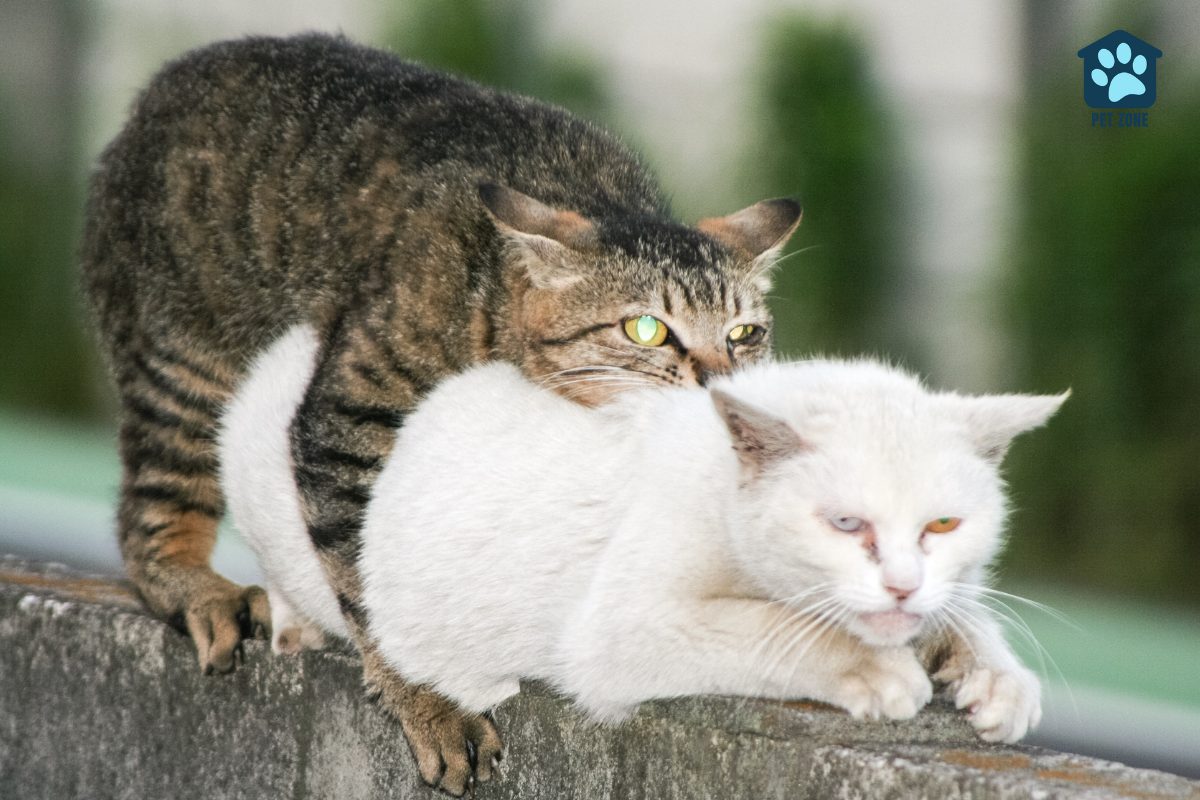
Showing Dominance
Cats show who’s boss by biting necks. When two cats want the same toy or spot in the sun, you might see one cat bite the other’s neck. This tells everyone who the dominant cat is.
It’s like saying, “I’m in charge here!” without using words.
Sometimes cats wrestle and bite each other’s necks to figure out their pecking order. It’s not just about being bossy—knowing who leads keeps peace in a group of cats. Adult cats do it too, not just kittens.
So if your older cat bites a new cat’s neck, they could be setting some ground rules for living together peacefully.
Hunting Instincts
Cats have an instinct to hunt. Biting the neck mimics how they would catch prey in the wild. They grab hold of their target’s neck to control it. This behavior isn’t just for hunting; cats also show it when playing or fighting.
Even indoor cats still use their instincts from time to time. Your cat might bite another cat’s neck during playtime, acting out their role as a predator. It looks rough, but often it’s harmless fun for them.
However, sometimes these bites can show who’s boss among your pets, like a display of power in nature.
Scruffing
Mother cats, also known as queens, often bite their kittens’ necks as a form of maternal care. This behavior, known as “scruffing,” is a way for the mother to carry her kittens safely from one place to another.
The loose skin on the back of a kitten’s neck is called the scruff. It’s the perfect spot for a mother cat to gently grasp without causing any harm. Scruffing triggers a natural response in kittens, making them go limp and allowing the mother to move them easily.
This behavior is crucial in the early weeks of a kitten’s life, especially when they are too young to walk or follow their mother on their own.
Additionally, mother cats may also use gentle bites to the neck as a way to discipline or teach their kittens, helping them learn appropriate behaviors and boundaries within their environment.
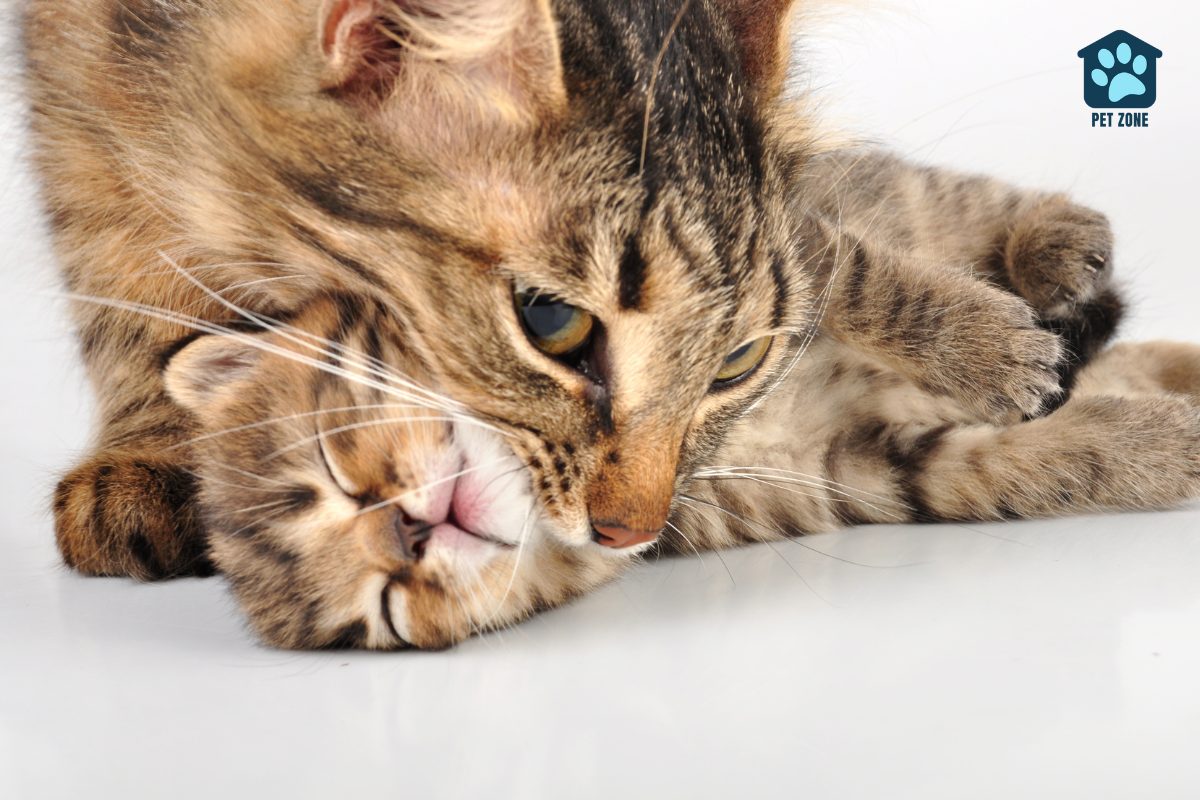
Medical Reasons
Sometimes cats bite each other’s necks because they hurt. Pain or discomfort can make a cat act out. They may grab the scruff of another cat’s neck if something inside feels bad, like a toothache or tummy trouble.
Pet owners should watch for signs that their cat is not feeling well. A quick trip to the vet might be needed if neck biting comes with more growling than usual.
If your cat suddenly starts biting another cat’s neck, it could mean they are sick. Neck biting can hide medical issues that aren’t easy to see right away. Regular check-ups help your cat stay healthy and prevent pain that leads to aggressive behavior.
When one of your cats changes how they act, especially with how they play or groom, pay close attention—it’s important!
How to Manage and Prevent Aggressive Biting
Aggressive biting can be a big problem in cats. Cat owners need to know how to manage and stop it.
- Watch your cats closely to understand why they bite. Look for signs that they are playing or if one cat is trying to show dominance.
- Interrupt aggressive behavior right away. Clap your hands loud or say “no” to get their attention.
- Give each cat lots of toys and playtime. This helps them use their energy without fighting.
- Make sure all the cats have their own space. Cats need spots where they can relax alone.
- Spay or neuter your cats. This often lowers aggression, especially in male cats.
- Keep new cats separate at first. Slowly introduce them to your existing cat over a few days or weeks.
- Use pheromone diffusers and sprays in your home. They help calm cats down and reduce fighting.
- Reward good behavior with treats and love. When cats get along, let them know you’re happy with them.
- Take the biting cat to the vet if nothing works. Sometimes medical issues cause aggression.
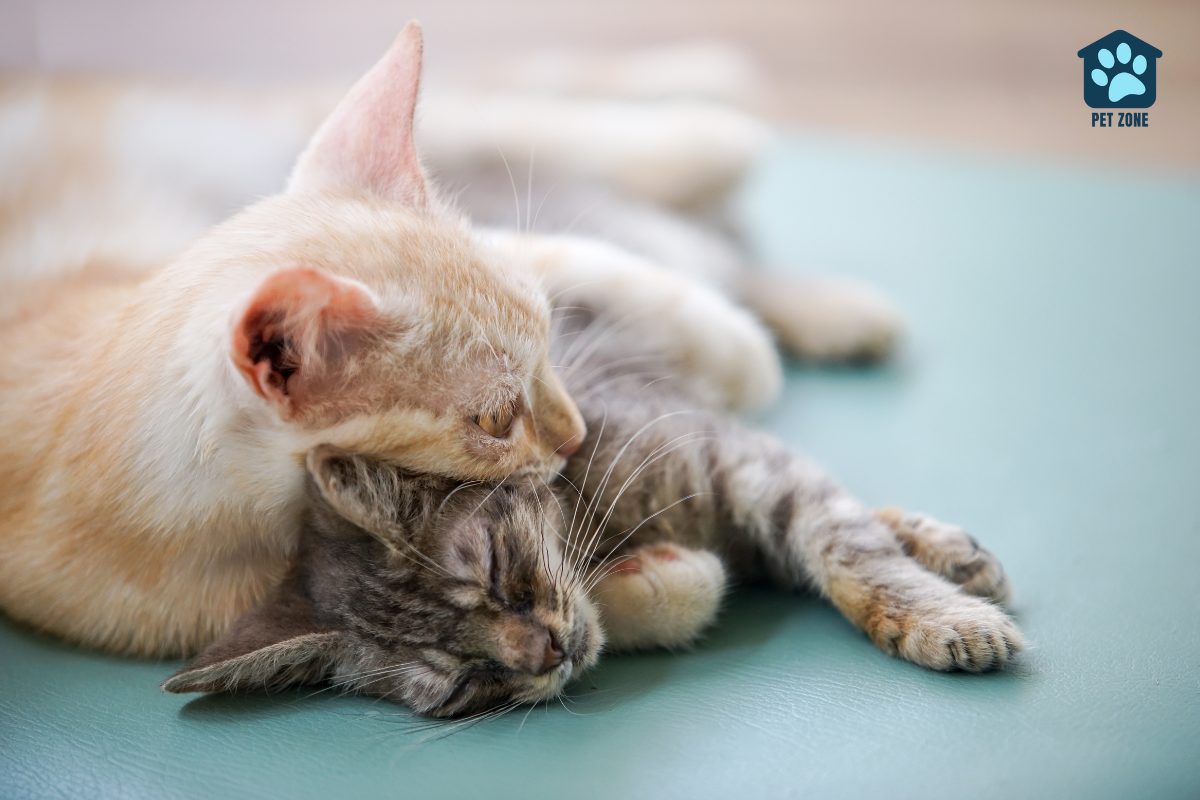
Conclusion
Cats sometimes bite each other’s necks, and it can mean many things. They may play, show love, or try to be the boss. When they do this while mating, it helps keep the partner still.
If your cat is too rough, it might need more playtime or a friend. Keep an eye on your cats to make sure everyone is safe and happy. Remember, gentle neck bites are okay but watch out for mean ones!
Frequently Asked Questions
Cats might bite each other’s necks as a display of dominance, especially if they’re two male cats. They also engage in this behavior during play or to assert control over another cat.
Yes, it’s common for cats to show affection or establish social order by biting at the scruff of the neck. Cats use this action to communicate with one another.
Most times, there is no need to stop your cats unless you notice signs of aggression or if one cat seems hurt or stressed out by the behavior.
When male cats bite the females’ necks, it could be part of mating behavior or general grooming between them.
Sometimes biting can turn into aggression, mainly if not monitored among intact males vying for dominance; however, friendly wrestling often involves gentle bites and doesn’t escalate.
If your two male domestic cats have relaxed postures and take turns chasing and being chased after some harmless neck-biting—they’re likely just playing! Signs such as growling, hissing, and flattened ears indicate fighting instead.
As an Amazon Associate I earn from qualifying purchases.
